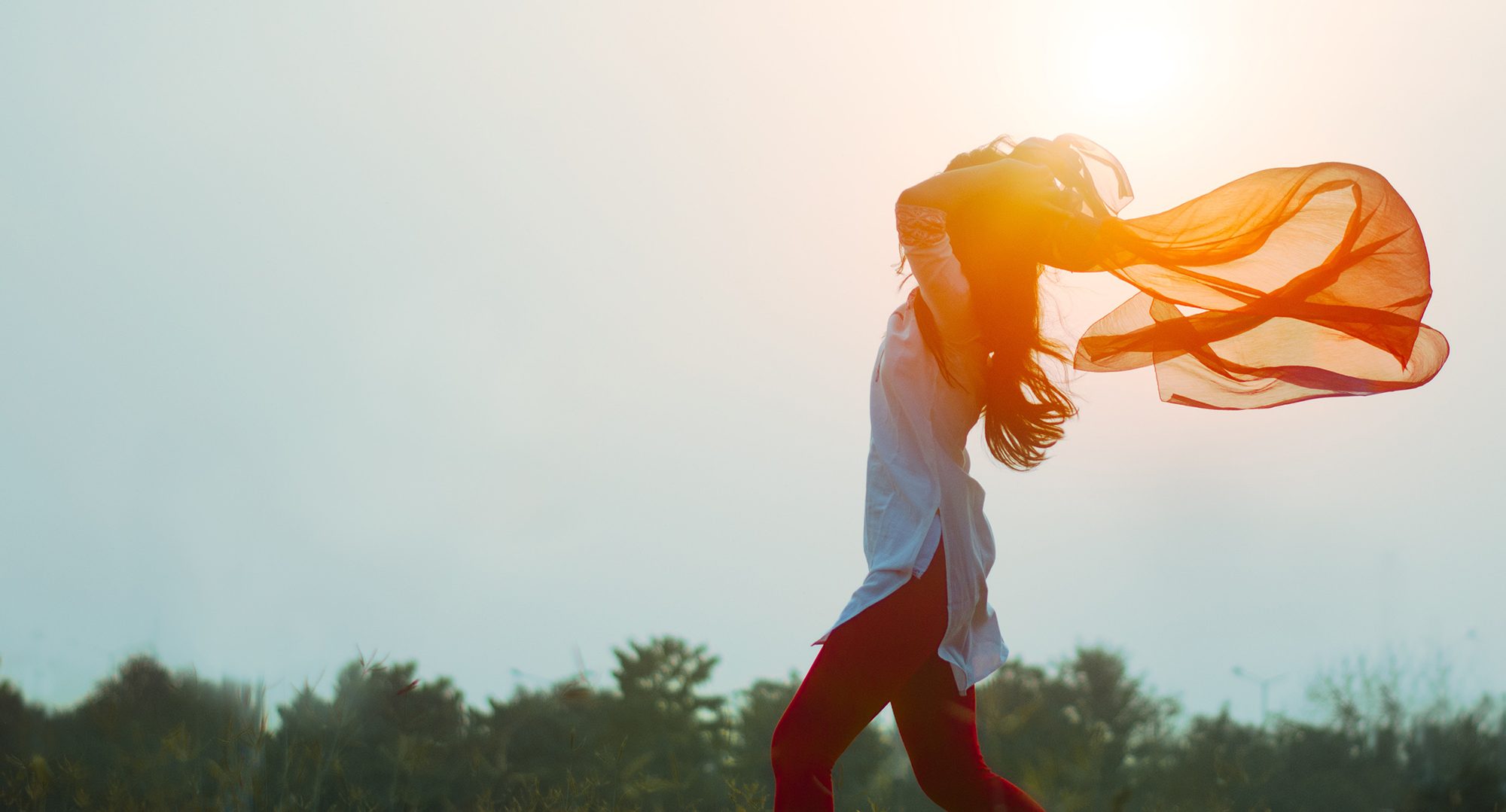We have already looked at sourcing raw materials for the garment industry from a city’s waste. Cities consume 75% of the world’s natural resources (Ellen McArthur Foundation, 2021). Besides the materials used, the way clothes are made also has a big impact on the environment. A pair of fast fashion jeans has travelled up to 50,000 km across several contingents by the time it is bought and used in our country. This is not a sustainable production method. How can the fashion production be made sustainable and local?
In Germany, only about 10% of the textile production is left. Many manufacturers have relocated production and the associated environmental and social problems abroad, mostly to Asia. The textile industry is one of the oldest and, in terms of number of employees and turnover, one of the most important branches of the manufacturing industry. It manufactures textile products from fibres, such as spun yarns, woven fabrics, felts, nonwovens, stitch-bonded fabrics and knitted goods, which are further processed by the clothing industry, among others. It is upstream of the clothing industry. In Central Europe, there are almost no companies left in which all production stages from raw material to end product are carried out. The companies in the textile and clothing industry have a strong division of labour and are internationalised. Almost no clothing is produced in Germany any more, although some of the largest clothing producers are located in Germany (Wikipedia).
Sustainable, local garment production requires local, sustainable textile production (incl. recycling/reprocessing). The stages of textile production are drivers of environmentally harmful emissions. Yarn preparation (28%) and dyeing and finishing (36%) in particular play a central role and must be taken into account in the area of sustainable production. A T-shirt made from organically grown cotton can consume a lot of chemicals in the finishing stage, which are not very healthy for humans or the environment.
Local garment production has not completely disappeared. Pioneers like MarcCain show how production in Germany can succeed with technology.
Numerous creative people are also lovingly handcrafting small collections that can be counted as slow fashion.
Berlin is home to charming labels that are committed to sustainability and produce locally. Among them are designers who work with upcycling methods. For example: Buki Akomolafe (bukiakomolafe.com), BRACHMANN (brachmannofficial.com), Danny Reinke (www.dannyreinke.com), Kollateralschaden (www.kollateralschaden.com), Natascha von Hirschhausen (nataschavonhirschhausen.com), The Tribe (www. thetribe.berlin), Trippen (de.trippen.com), MYKITA (www.mykita.co), Working Titel (www.workingtitlestudios.com), After March (www.helloaftermarch.com), Bis es mir vom Leibe fällt (bisesmirvomleibefaellt.com), Benu (www.benu-berlin.com), Erie Berlin (www.erieberlin.com) (Projekt Zukunft).
These are nice examples. Digitalisation and automation could make this kind of fashion available to even more people.
How can we succeed in designing and producing new collections in a future city, with and around the customer? We imagine digital, collaborative design interfaces and micro-factories that produce on-demand, i.e. only what is “needed”. This prevents tons of stock from not being sold. This production would be flexible and decentralised. The more the customer is involved in the design, the higher his emotional attachment to the clothing will be. And he will value it more and wear it longer. Overall, micro-factories have only a small production capacity. This model only works if there is also less consumption, which is also good for the environment.
Local fashion production would be very transparent and visible to every customer. We have already reported on pioneers like unmade that make this possible. In Germany, consumption fell by 6.1% in 2020 due to the Corona pandemic. The most in 70 years (IW). We are adaptable.
In the next post, we will take a deep dive into labels and their production methods.
Follow us at twitter and/or instagram.
photo by Berkay Erguler unsplash


